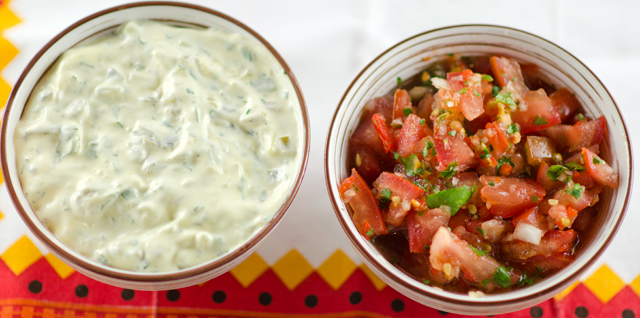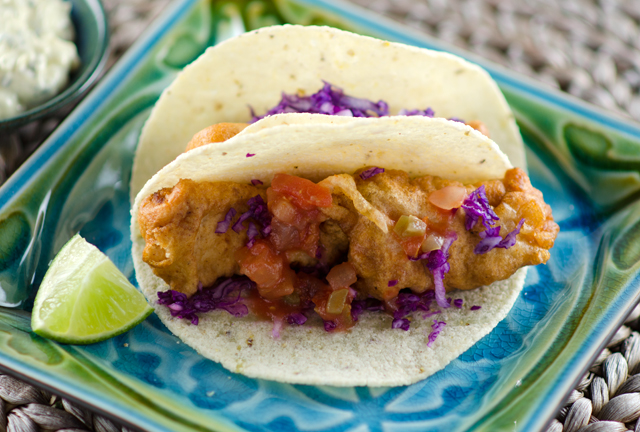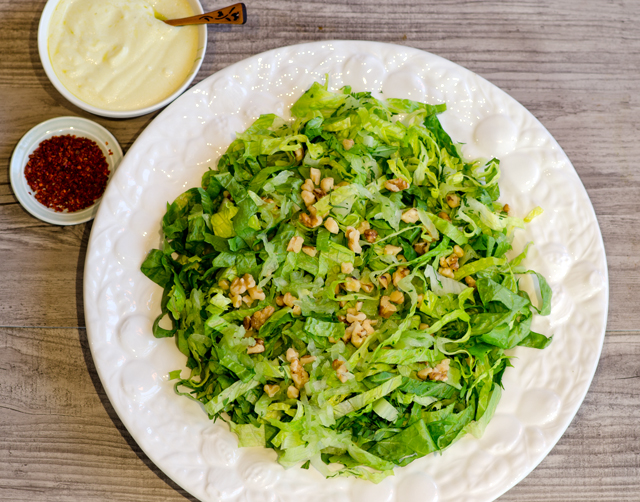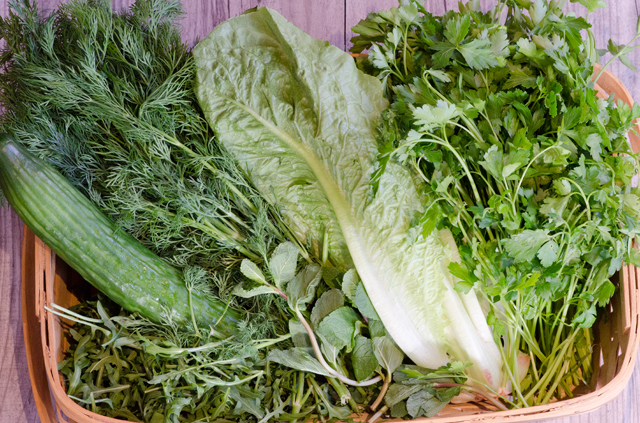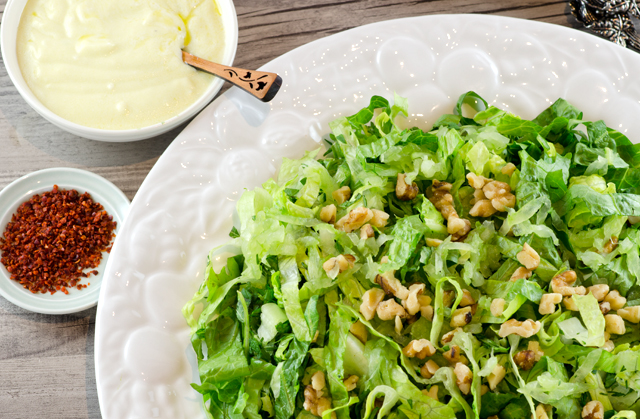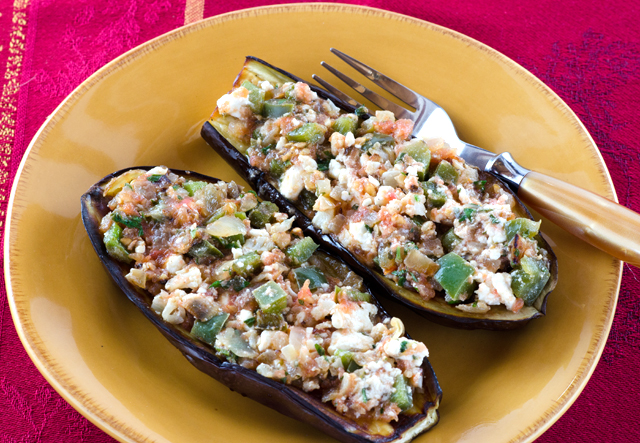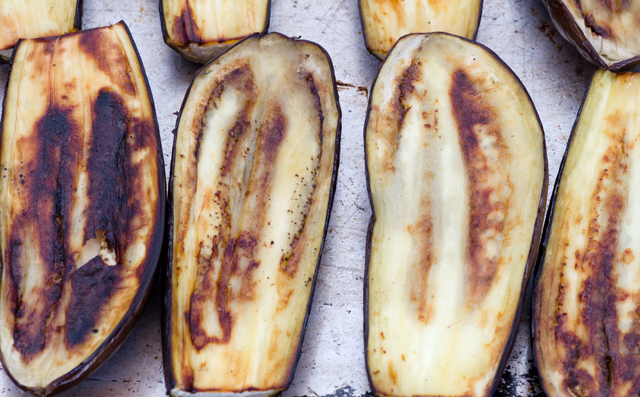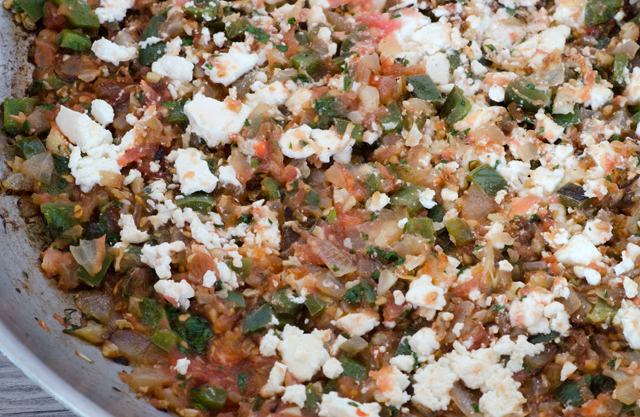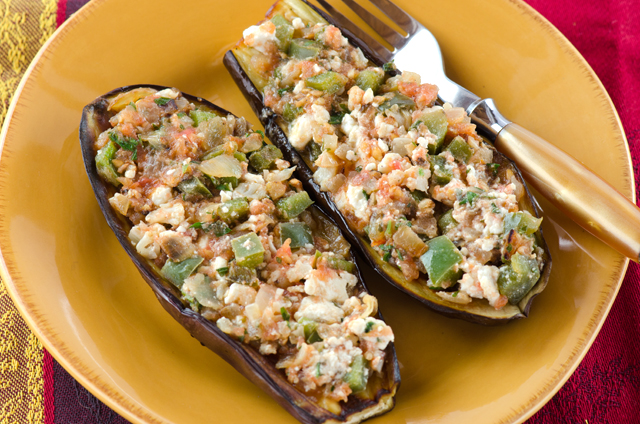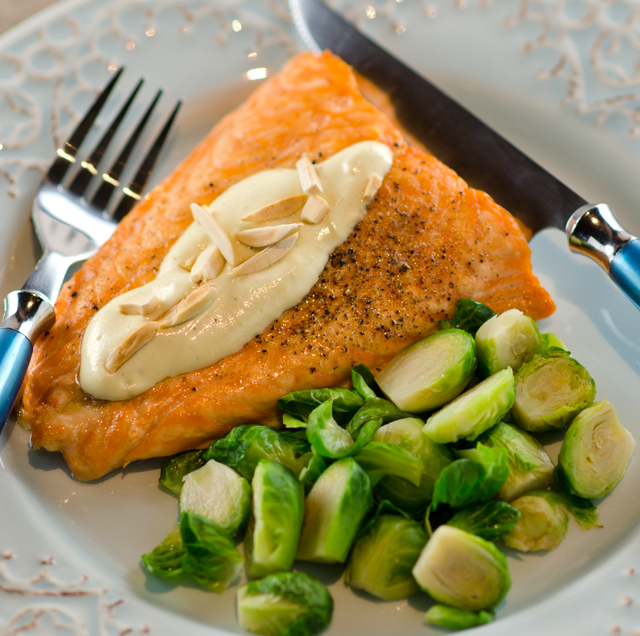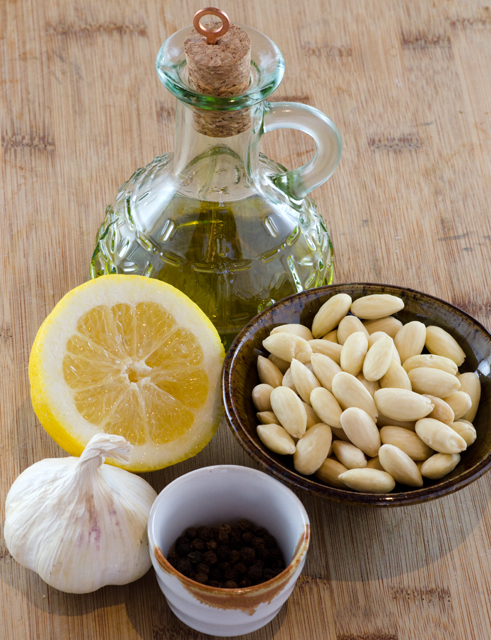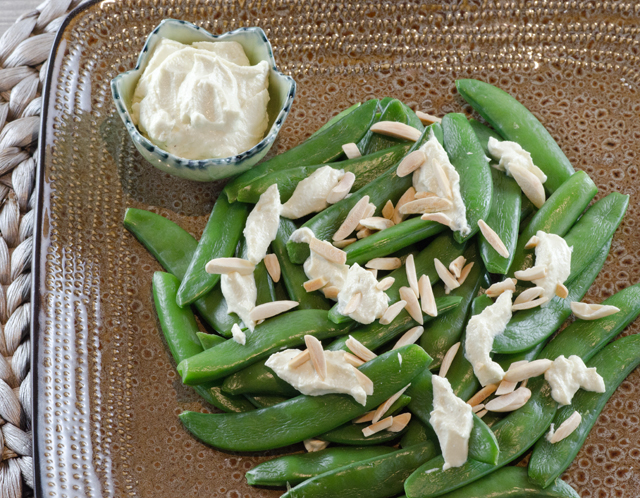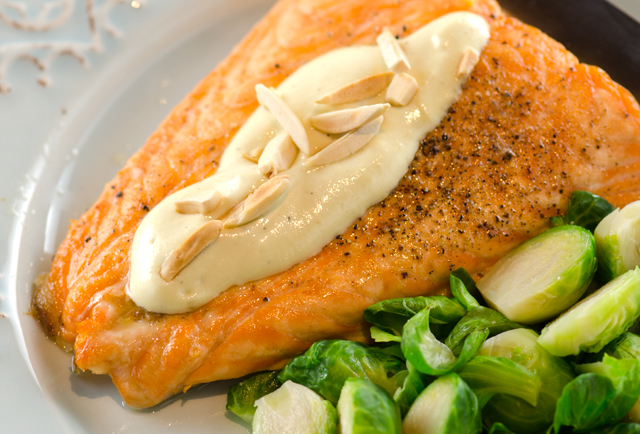 Fresh white fish encased in a crispy batter wrapped in a warm corn tortilla slathered with creamy and spicy tartar sauce and a sprinkling of cabbage and a spritz of lime, what’s not to love?
Fresh white fish encased in a crispy batter wrapped in a warm corn tortilla slathered with creamy and spicy tartar sauce and a sprinkling of cabbage and a spritz of lime, what’s not to love?
After all the fish tacos we consumed on our trip to Florida, you might think we would be tired of them about now. But we can’t get our fill of this delicious south of this border treat, so it was time for us to try our hand at them in our own kitchen.
Fish tacos are native to the Baja peninsula of northwestern Mexico, most likely originating in the town of Ensenada. An hour and a half south of the San Diego-Tijuana border, Ensenada is surrounded by the beautiful Sierra de San Pedro Martir mountains and sits on an inlet of the Pacific Ocean. Fishing is one of the major industries of Ensenada and fishing boats pull up to the dock to unload their abundant fresh catch at the local seafood markets. More than ninety species are commercially fished or farmed in the area. A large portion of the catch is shipped to Asia, but some of it is sold by local vendors.
Though some fish taco recipes call for grilled or blackened fish, the classic fish taco recipe uses fish that is cooked in a tempura like batter. Many believe this is a result of the influence of Japanese immigrants who began settling in Mexico at the beginning of the twentieth century. A firm fleshed white fish will hold up best for frying. Bass or cod are good choices, but at the suggestion of my fishmonger, I chose triggerfish. Triggerfish is a delicious fish that takes well to any cooking method. The name refers to an unusual interlocking dorsal fin that has to be “unlocked” by releasing a trigger shaped spine. They are usually about a foot long and weigh about 2 pounds with strong scales and tough skin.
In addition to the usual pico de gallo or tomato salsa, these tacos are accompanied by a spicy tartar sauce. It is a simple sauce of mayonnaise combined with pickle relish, yellow mustard, lime and pickled jalapenos. I am fortunate enough to have my own stash of pickled jalapenos that I canned several years ago. They are nice and briny with quite a potent kick. A little shredded cabbage and a squeeze of lime are the finishing touches to these tacos.
Corn tortillas are the wrappers of choice here. There are several methods to keep them warm. Put five or less on a microwave plate and cover with a damp paper towel. Microwave in 30 seconds intervals and heat until warm. Wrap a small stack in aluminum foil and warm them in a 300 F oven for 15-20 minutes. You can also heat them one at a time in an ungreased skillet.
Beer Battered Fish Tacos
Serves 4-6
Yields 12-16 tacos
Spicy Tartar Sauce
Ingredients
- 1c mayonnaise
- 1/4c minced fresh cilantro
- 3T minced pickled jalapeno
- 2T dill pickle relish
- 1T fresh lime juice
- 1t yellow American mustard
- 1/4t kosher salt
Directions
- Mix all the ingredients in a medium bowl, can be refrigerated for up to 5 days.
Pico de Gallo
Makes about 1 1/2 cups
Ingredients
- 1/4 c chopped white onion
- 1/4c coarsely chopped cilantro
- 3 fresh serrano or jalapeno peppers, cored, seeded and coarsely chopped
- 2 medium ripe tomatoes, finely chopped
- Kosher salt and freshly ground black pepper
Directions
- Put the onion, cilantro and peppers in the bowl of a food processor and pulse until finely chopped. Transfer to a bowl and stir in the tomatoes. Season with salt and pepper to taste.
Fish for the tacos
Ingredients
- About 2 quarts vegetable oil for frying
- 1c all purpose flour
- Kosher salt
- 1c beer
- 2 egg whites, beaten to soft peaks
- 1lb firm fillets of mild white fish, I used triggerfish but bass, cod or haddock can also be used, cut into strips about 41/2 inches long and 3/4 inch wide
Directions for the fish
- Fill a large, deep heavy pot with vegetable oil to about 1 1/4 inches deep. Heat the oil to about 350°F. Check the oil temperature with a deep fry thermometer or add a cube of bread to the oil, it should bubble immediately.
- Mix the flour and 1 teaspoon salt in a medium bowl and stir in the beer until smooth. Gently fold in the egg whites.
- Season the fish with salt. To cook the fish, work in batches of about three or four pieces at a time. Using kitchen tongs, dip each piece in the batter, let any excess drip off, carefully submerge the fish in the hot oil, and fry until golden brown and cooked through, about 5 minutes. Transfer to a baking sheet lined with paper towels
To assemble the tacos
- 12-16 corn tortillas (5-6 inches wide), warmed
- 1 1/2 cups finely shredded green or purple cabbage
- 2 limes quartered
- Pico de Gallo
To serve: Just after the fish comes out of the fryer, arrange on a heated dish on the table. Set out the tartar sauce, hot tortillas, shredded cabbage, lime quarters and pico de gallo for each person to assemble their own tacos.

